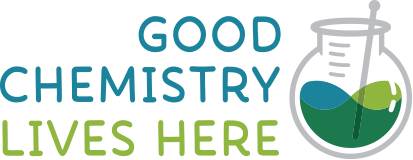Increasing Sustainability Takes Good Chemistry
Across the country and around the world, communities are striving to reduce, reuse, and recycle our precious resources. Antimicrobial material preservatives help in this effort by targeting harmful microbes that grow and infest perishable or organic materials that we use for construction, clothing, linens, personal care products, and much more. By preventing this microbial spread, consumer products and structures remain functional and productive for a longer period of time and are less likely to break down or spoil prematurely.
Antimicrobial preservatives are typically applied during the manufacturing process and treat a variety of materials to make them more durable against deterioration from mold, bacteria, moisture, and climate. More durable products have longer lives, which means consumers won’t need to replace them as frequently and therefore will spend less money unnecessarily. Extending product lifecycles also leads to less demand for replacement products and the consumption of resources needed to manufacture and transport them.
The numerous and wide-ranging benefits of antimicrobial material preservatives to economic and environmental sustainability can be seen in a variety of key areas.






